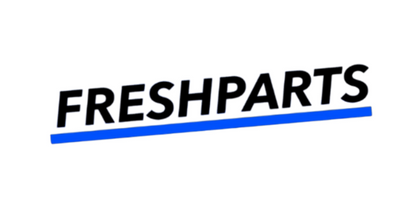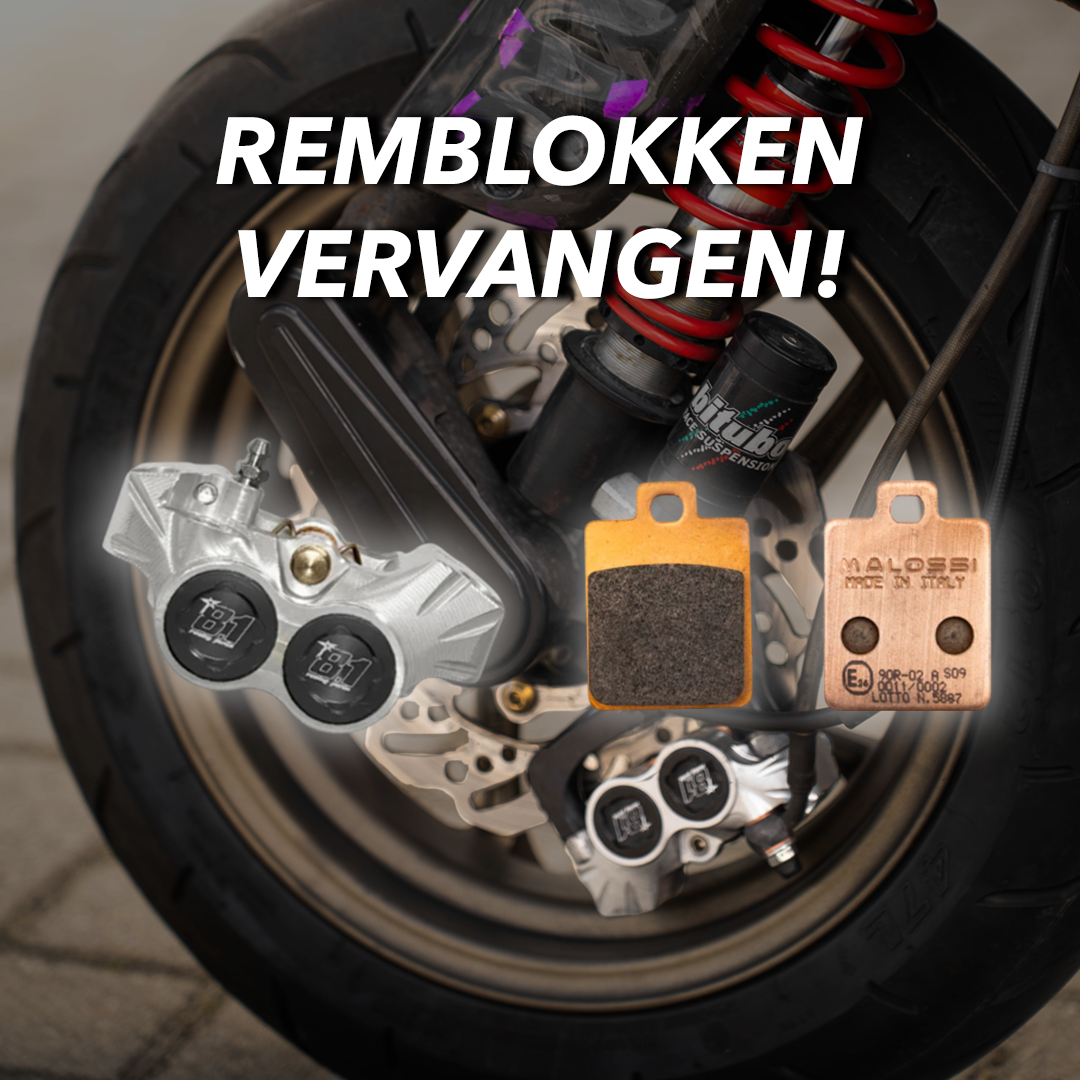Why it is necessary to replace brake pads:
Worn brake pads can cause significant damage to the brake disc, which ultimately results in reduced braking performance and the need to purchase a new brake disc that are not cheap. Always make sure you have at least 1 mm friction material.
Procedure for replacing brake pads:
-
Releasing the caliper: the caliper is usually attached to the front fork with two bolts. These bolts can be loosened with a ring key or Allen key. Note: Never open the other two bolts on the claw itself, because they keep the two halves of the claw together. Then carefully slide the claw completely off the brake disc.
-
Removing the locking pennies: these pins are often under a plastic case or a protective cap that can be easily removed. The number of pins can vary depending on the caliper. Some brake pads are attached to one central point, while others have a pen on both sides.
Carefully pull the small locking rings with a dot fortress so that the pen can be pushed out. After the pen has been removed, the brake pads can be removed.
- Replacing the brake pads: Always apply a little copper grease on the back of the new brake pads before you place them (so on the side with the special inhibition material). Make sure that the friction material is always aimed at the inside of the claw (where the brake disc comes in). Now carefully press the pen back in place after you have greased the light. Then place the locking pins back, together with the plastic protective cap.
Tip: if the pistons of the caliper are too close together, so you can't get the blocks in between, then carefully press them apart. However, do not use sharp tools, because this can damage the pistons and cause leakage.
-
Attach the caliper: gently slide the caliper over the brake disc. If this does not work because the blocks are too close together, you can use a flat screwdriver to carefully push them apart. Then tighten the 2 bolts firmly.
-
Checking the brake pads: check that the brake pads still have sufficient thickness. This can usually be checked quickly by looking into the caliper and assessing the thickness of the friction material.

